How Do Tire Temperature Changes Affect psi? (Explained)
Posted by Agota Szabo on Sep 13th 2022
What does temperature have to do with tires? Well, a lot it would seem.
Not only do outside weather conditions affect tires and their psi levels, but tires generate heat during their performance as well. Their combination will decrease or increase air pressure levels inside the tire and in extreme cases, it can lead to damage. But, how does it work?
Does Tire Pressure Change with Temperature?
Yes, tire pressure changes with temperature! Tire pressure in summer vs. winter is not identical, as for every 10 degrees change of Fahrenheit psi levels will change by 1. In other words, a tire loses air overnight if the temperatures drop and it can gain psi as the day warms up.
But, what does this mean?
The temperature a tire faces will determine its performance and durability. Not only are tires made to conquer specific weather conditions (and temperatures), but external temperatures also regulate their air pressure levels.
In an ideal world, all tires would run at their recommended tire pressure. However, that is not always the case. Depending on the outside temperature range, tires will perform differently.
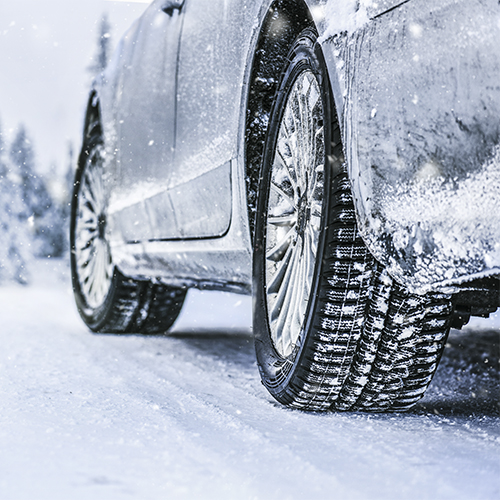
Cold vs. Hot Tire Pressure
Heat builds up on the tire tread no matter what we do. This happens both on sunny and cloudy days and it is a natural process.
However, what changes things is how a tire reacts to heat and pressure accumulation during the drive. Some models are designed to combat this phenomenon, but issues can still arise. Driving on tires outside of their intended conditions is one way to render their heat-resistance useless.
Tires heat up when they are rolling in all weather conditions. Yet, this heat accumulation will be greatly lower if tires are "used" correctly. By this, we mean both driving habits (hard braking, high speeds, sudden turns, and even the mechanical issues of the vehicle) and outside temperatures.
While we cannot control the weather, we can control how we drive. Not overworking the tires and using them in their intended conditions (summer tires in summer, winter tires in winter) will reduce the possibility is issues arising.

Letting the Air Out of Hot Tires, Yay or Nay?
Thinking about letting air out of your hot tires? Don't do it!
Let us explain why...
While it might seem like a quick and easy solution to reduce air pressure levels in hot wheels, do not do it. It will lead to bigger issues.
The hot tires you are driving on will eventually cool down. If you let the air out of such tires, you face the risk of driving on underinflated tires - which will cause you versatile problems with tires.
Critical Tire Temperatures to Consider
Let's talk about what happens when you overwork your tires. It does not mean that you are a reckless driver. Simply that more pressure was placed on the tires than they can handle.
Consequently, how hot do tires get when driving?
As mentioned before, some heat build-up during the drive is normal. However, when that pressure becomes too much, the tire's lifespan and integrity will suffer.
Tires get hot, but their temperature should ideally not exceed 195 degrees Fahrenheit. Once their temperature gets above this line, their tread wear becomes accelerated. On the other hand, a tire's internal structure weakens at around 250 degrees Fahrenheit. When tires reach this temperature, they are at risk of a blowout.
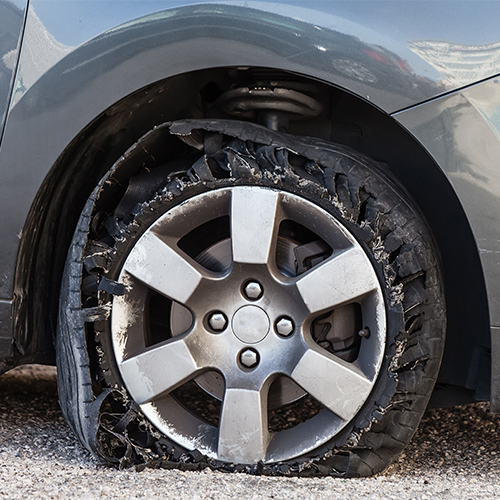
Interesting tire facts: At what temperature do tires melt?
Don't worry, your tires will not start melting from regular use or from being out in the sun for too long (it is not good for them, though). The rubber and structure of a tire will melt at approximately 1000 degrees Fahrenheit. Tires during their normal performance will not reach that temperature.
Tire Temperature Grade (UTQG Rating)
The UTQG tire rating system is a tire grading that shows the model's heat durability. Well, the tire temperature rating part of the UTQG portrays it.
This is the last part of it, which is expressed with letters. The tire temp ratings range between A, B, and C. This rating shows the maximum tire temperature range. In order words, how good its heat build-up resistance is.
This rating system takes everyday driving and outside weather conditions into account when determining a specific tire's rating. As tires can lose traction when heat accumulation occurs, the UTQG rating is important.
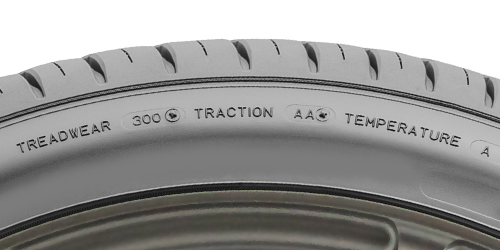
Keep Your Tire Pressure in Check
Following the psi recommendations of tire manufacturers is important. The only problem is that those suggestions are for when the tires are cold.
When you drive on tires, their temperature raises. This can cause air pressure levels to increase as well, making tire pressure checks harder. Yet, inspecting psi levels monthly is a good habit to have - especially if you live in areas where temperatures change frequently.
But, why is it so crucial?
Checking psi levels will help you prevent issues with your tires. When you drive on underinflated tires, you will face the following issues:
- Uneven or patchy tread wear
- Ruined fuel economy
- Loss of traction
- Weak tire performance
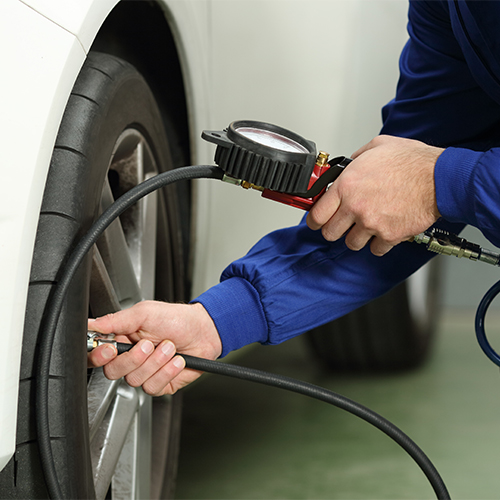
TPMS Sensor to the Rescue!
A great way to follow tire pressure levels is using TPMS sensors. This neat gadget is mandatory on all US vehicles manufactured after 2008 - for a good reason.
It lets drivers know when psi levels are below the recommended in the tires, minimizing the possibility of them driving on underinflated tires. However, some even include temperature sensors.
These will let you know when the tire is overheating. Still, deflating a tire when it is hot is not a good idea. Instead, waiting for the tire to cool down a bit would be better.
Not all TPMS sensors offer temperature checking. On the other hand, there are no sensors for instantaneous issues. Road hazards and tire blowouts cannot be detected before the problem occurs.
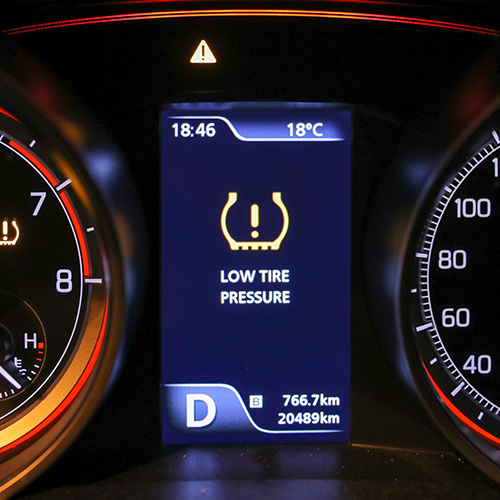
Frequently Asked Questions
Does Tire Pressure Increase With Heat?
Yes, tire pressure, when hot temperatures rule, heightens. However, the difference in air pressure levels is not significant as they are higher by only 1 psi (pounds per square inch) for every 10 degrees Fahrenheit.
How Much Does Tire Pressure Increase When Hot?
Tire pressure builds up as the tires get hot. Tire pressure in hot weather raises the air pressure in tires by 1 psi for every 10 degrees Fahrenheit change. This means that temperature changes will not cause major differences in psi levels in a regular tire.
Can Cold Weather Cause Tire Pressure Light to Come On?
Yes, the tire pressure light can turn on when a drop in temperature occurs. When tire psi levels are near the lower limit and temperature changes suddenly, the TPMS light will either turn on or start blinking. Bringing back normal tire pressure levels should solve the problem.
















